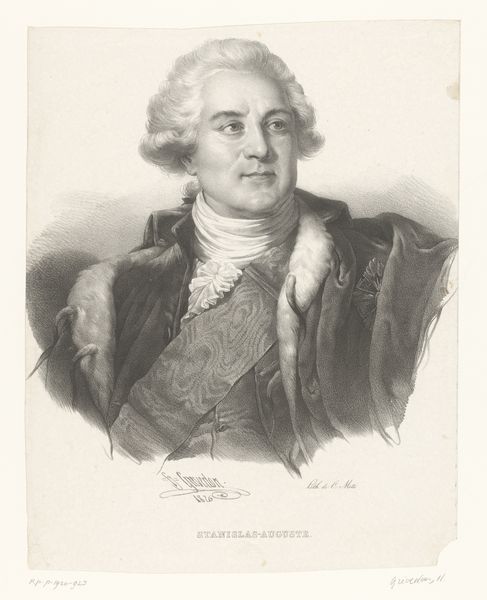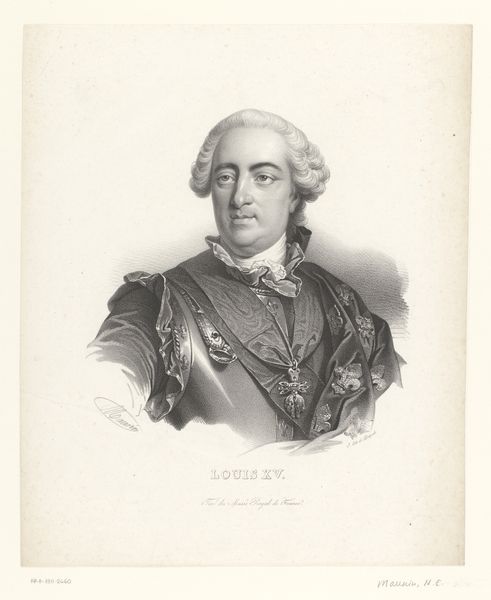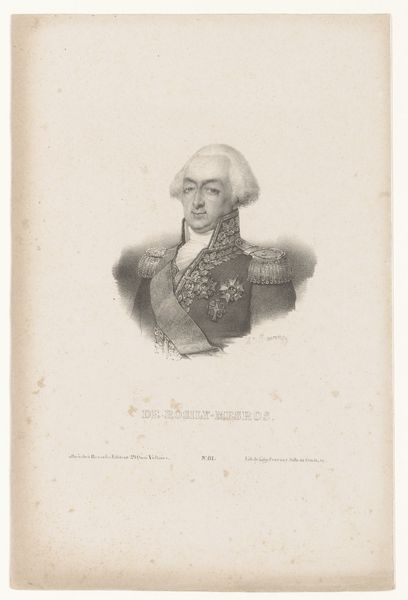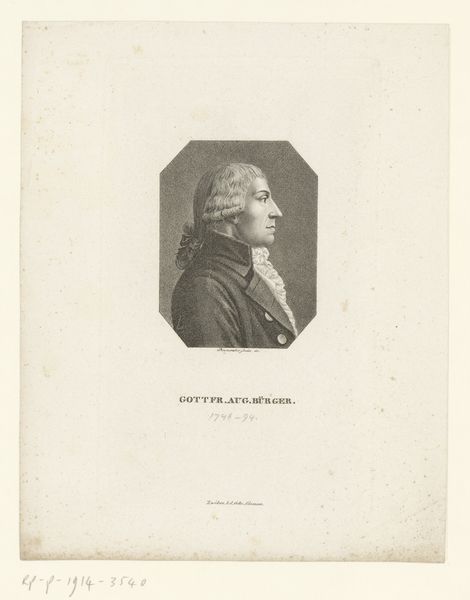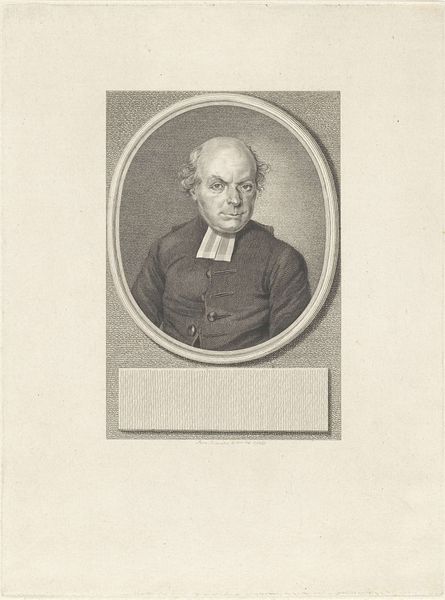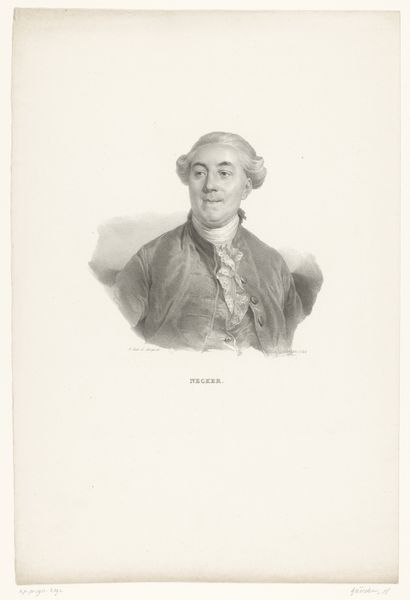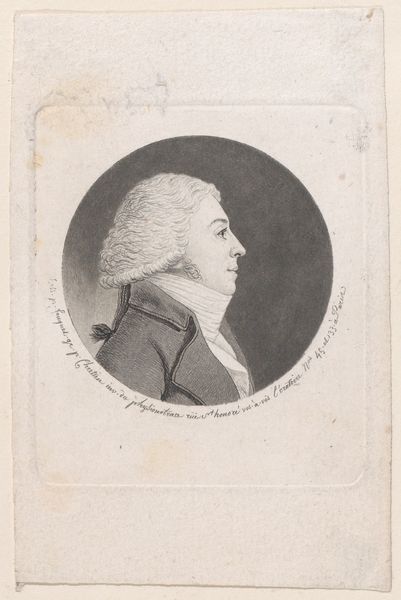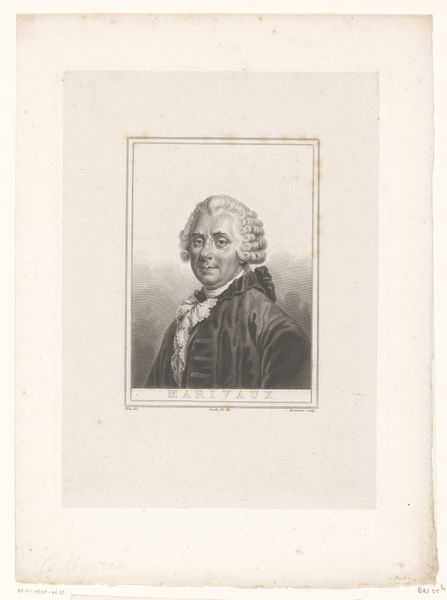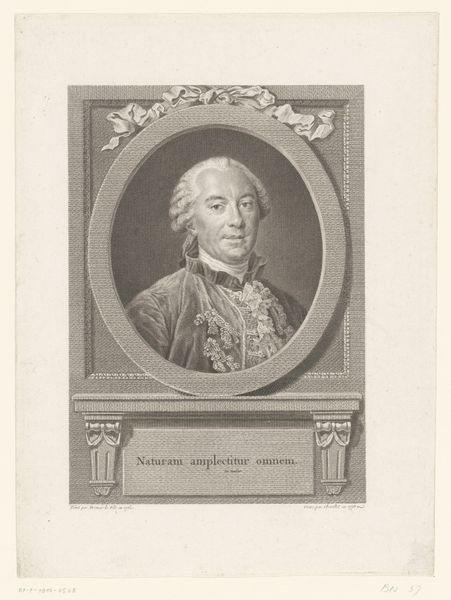
drawing, pencil
#
portrait
#
drawing
#
neoclacissism
#
historical photography
#
portrait reference
#
pencil
#
realism
Dimensions: height 449 mm, width 321 mm
Copyright: Rijks Museum: Open Domain
Curator: Well, here we have Henri Grevedon’s 1825 portrait of Henri Edgeworth de Firmont. It's rendered with pencil, a deceptively simple medium for such a powerful image. Editor: It’s quite striking, isn’t it? Almost photographic in its clarity. But there’s also something melancholy about it. What do you make of this piece? Curator: I see a ghost of a man caught between worlds, don't you think? There's that incredible, almost stark realism, a neoclassicist tendency perhaps. Yet, peering into those eyes, I sense an artist wrestling with something more than just likeness. He wasn't just trying to replicate Edgeworth's face but to catch a glimpse of the soul perhaps, a man marked by history. Editor: History? Curator: Henri Edgeworth, if my hunch serves me right, was Louis XVI's confessor. He was right there during the execution. Imagine the weight of that silence, those final words echoing in his mind forever. It seems to hang around him still. Look closer, can you see a hint of weariness behind the calm surface? Editor: I think I do. The subtle shading around the eyes hints at sleeplessness. Do you think Grevedon knew about Edgeworth’s history? Curator: I cannot tell if he did know or he simply caught what was palpable in the man. In either case, as art historians we might find interesting details that would not escape the keen perception of an artist! It's rather lovely, this ability to translate unseen emotions with mere graphite. The beauty, tinged with that somber, silent understanding… Editor: That is true. The context definitely gives a new weight to the artwork, I see it as if I was reading it now. Curator: Yes, and what you have read is there, to feel, not only to know! Perhaps all portraiture is just a collaboration between the living and the lived-through. What a fascinating journey of the mind, right?
Comments
No comments
Be the first to comment and join the conversation on the ultimate creative platform.

